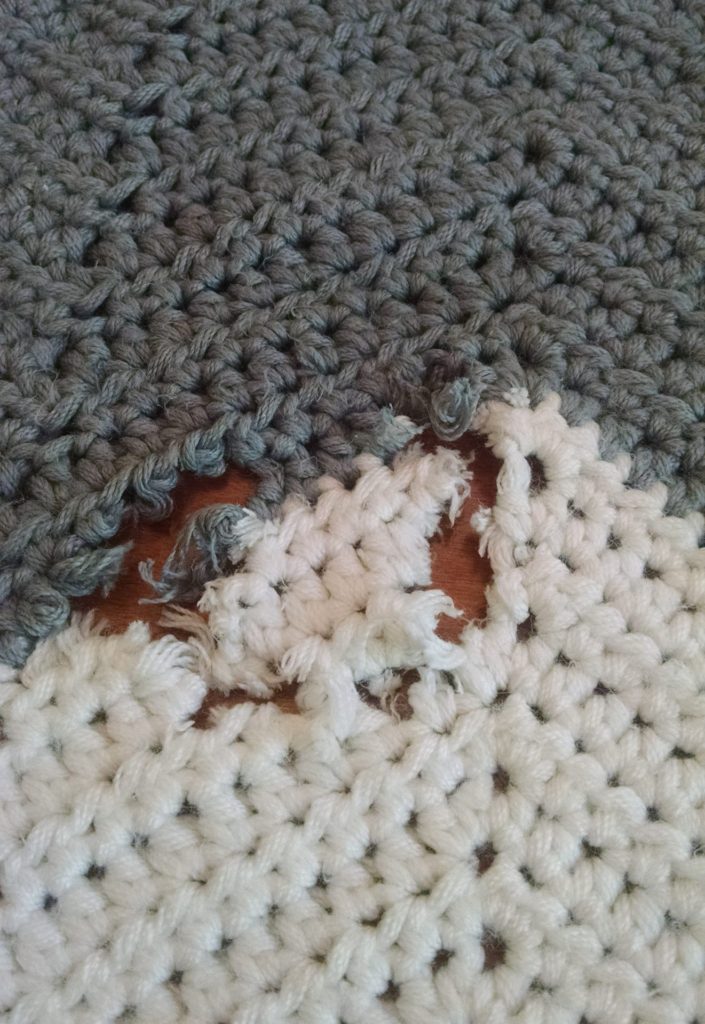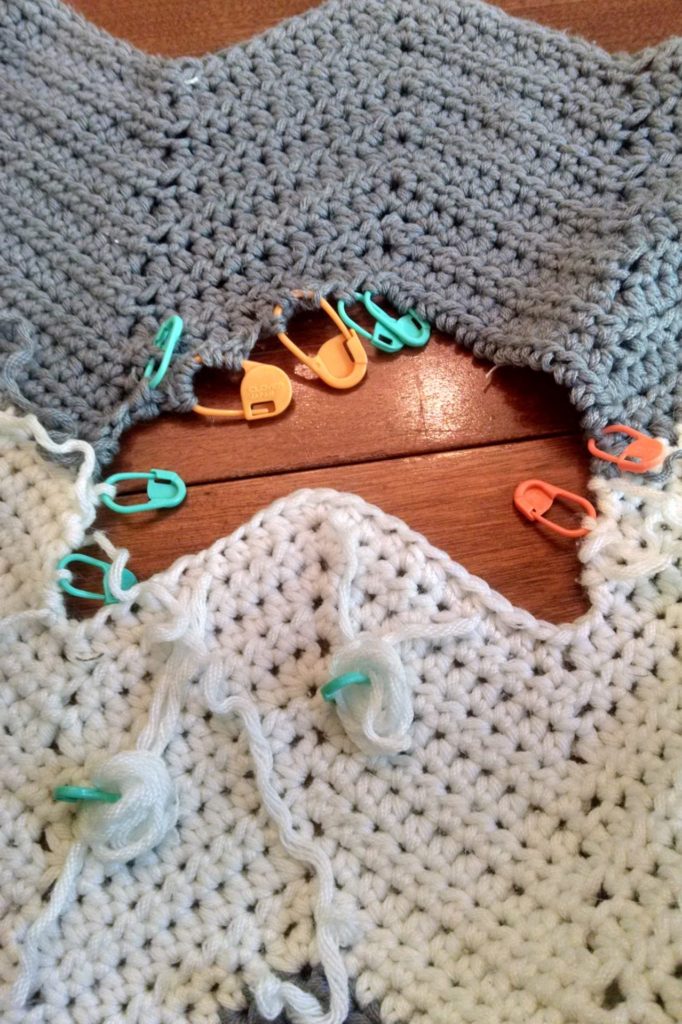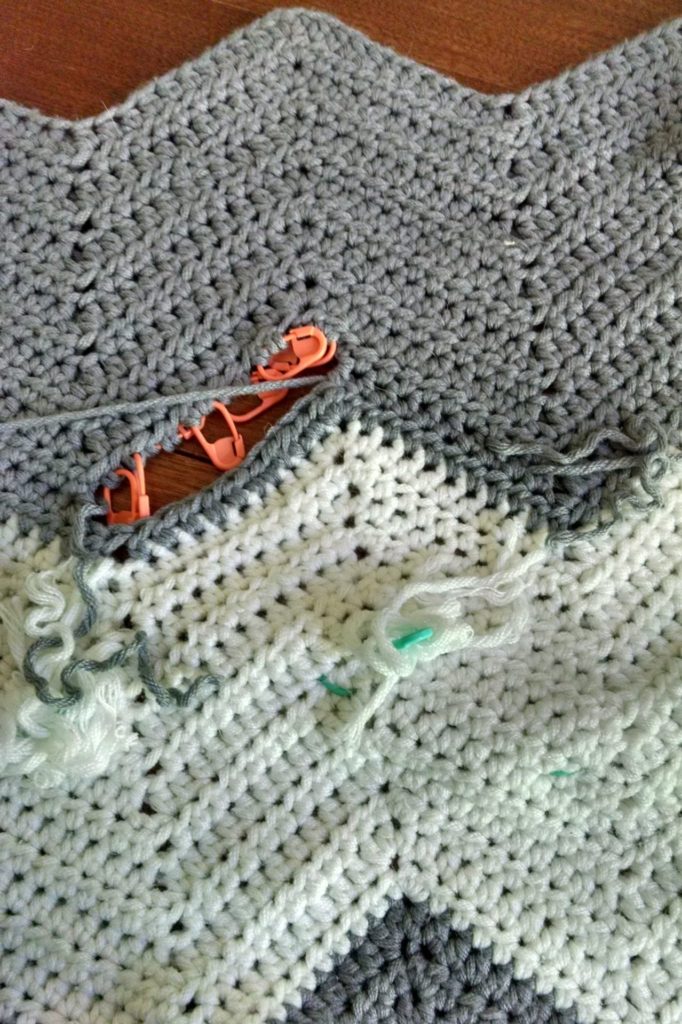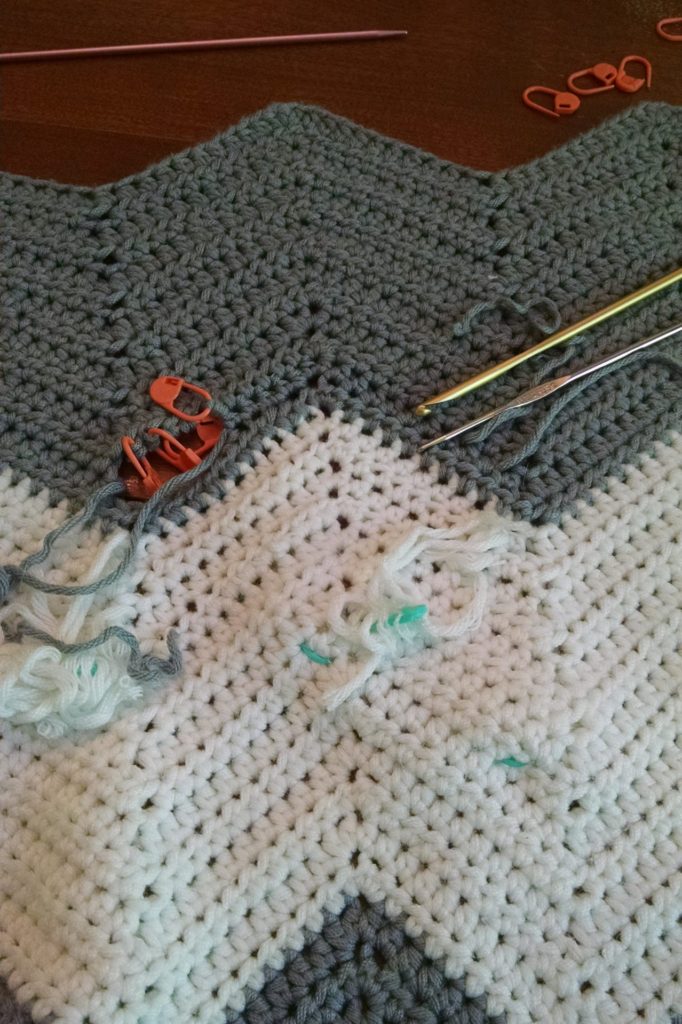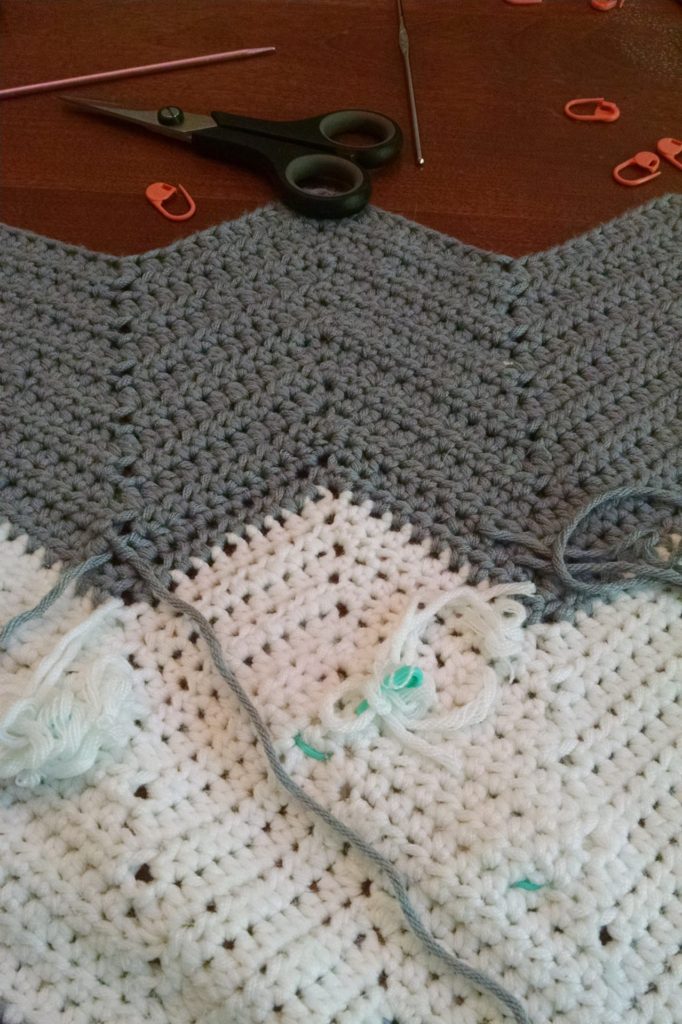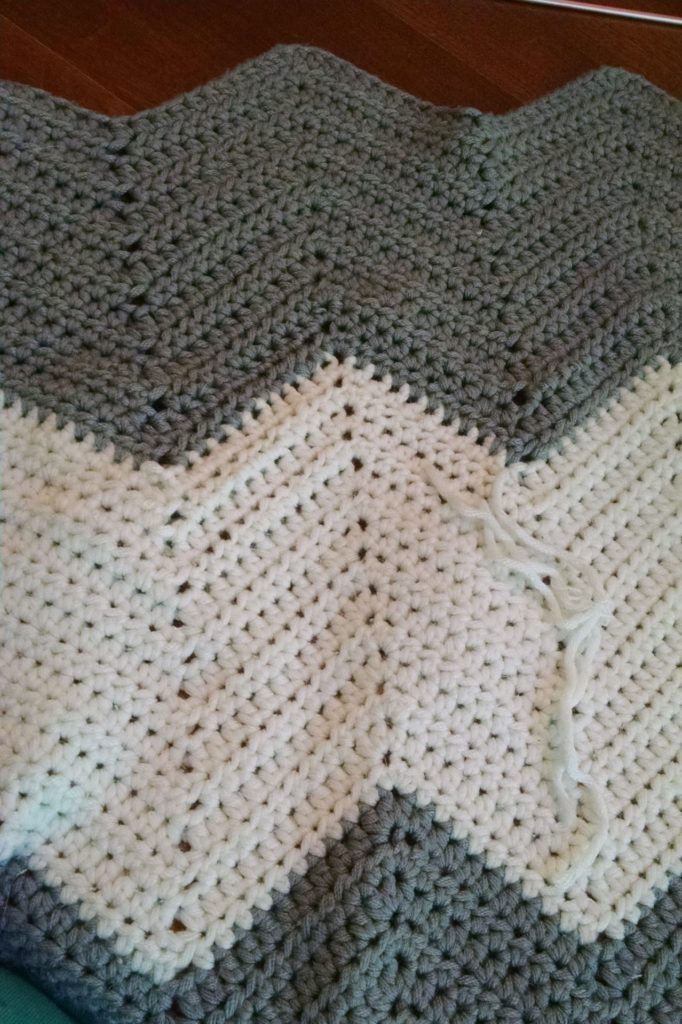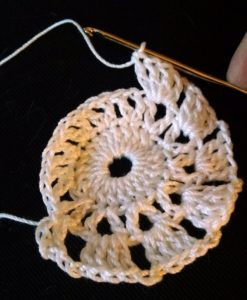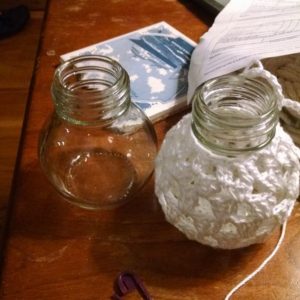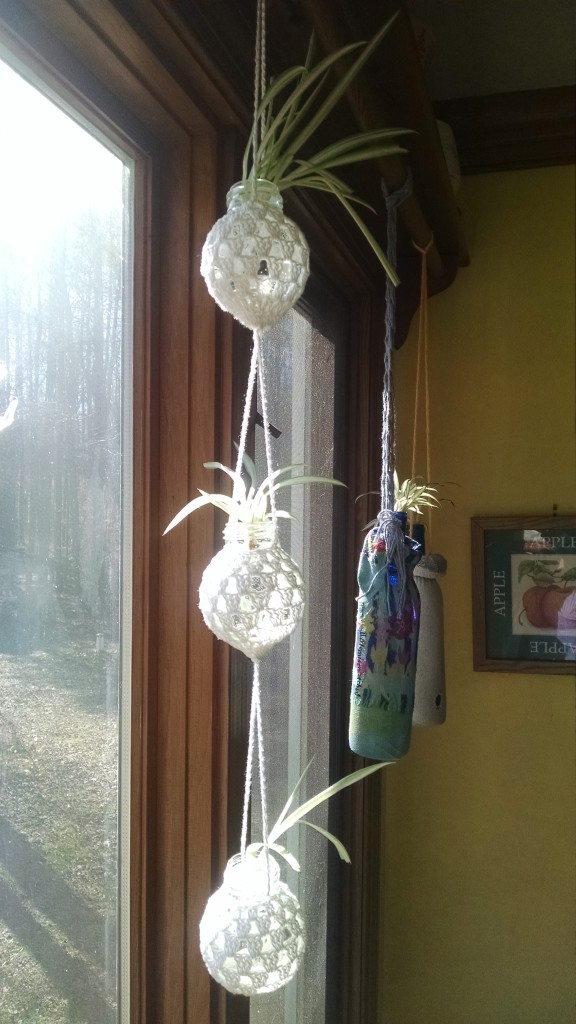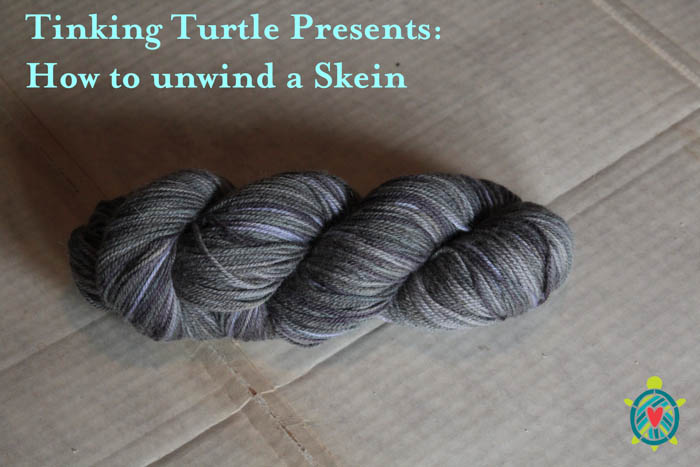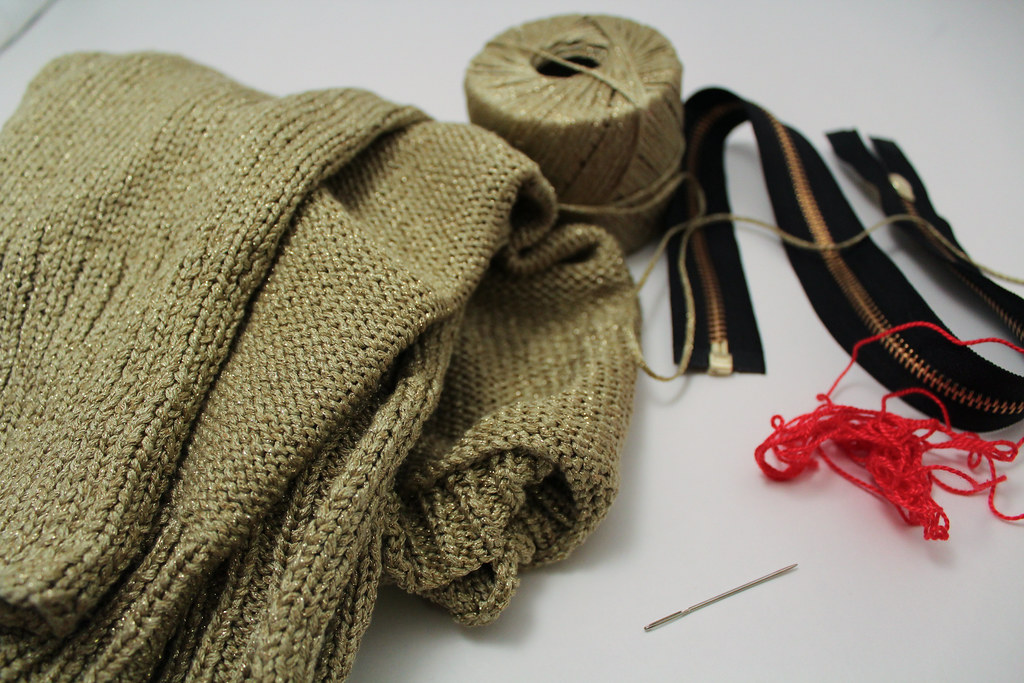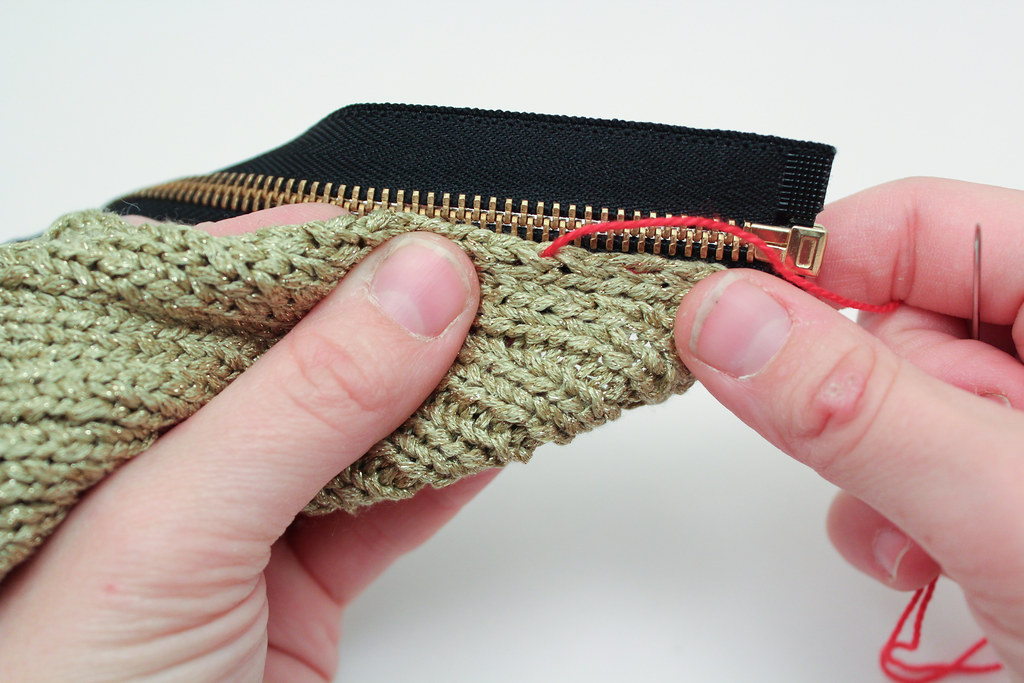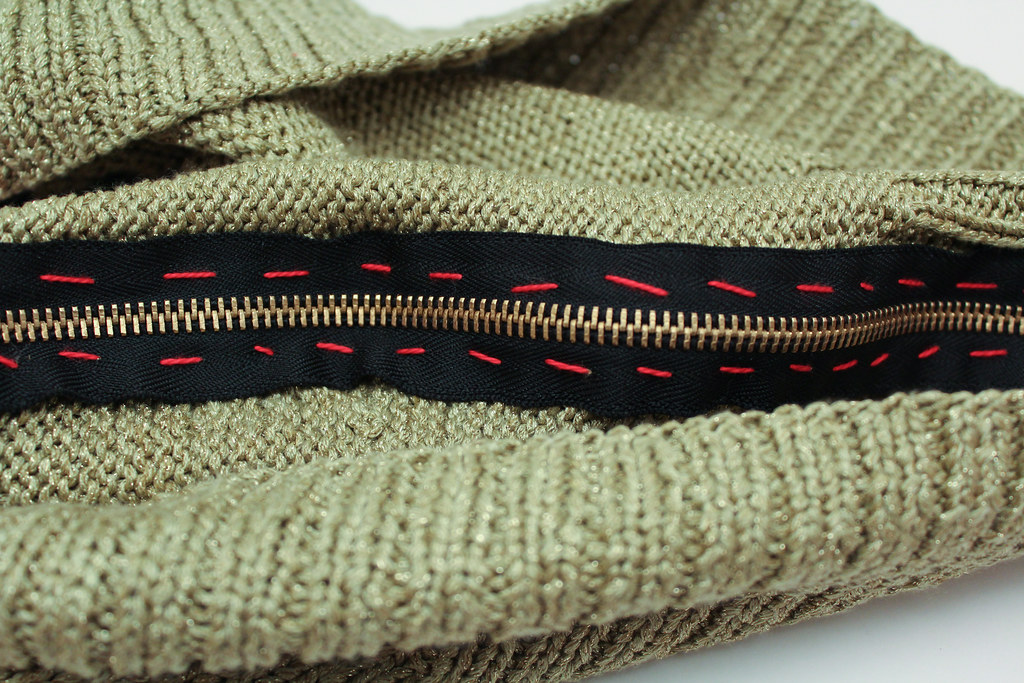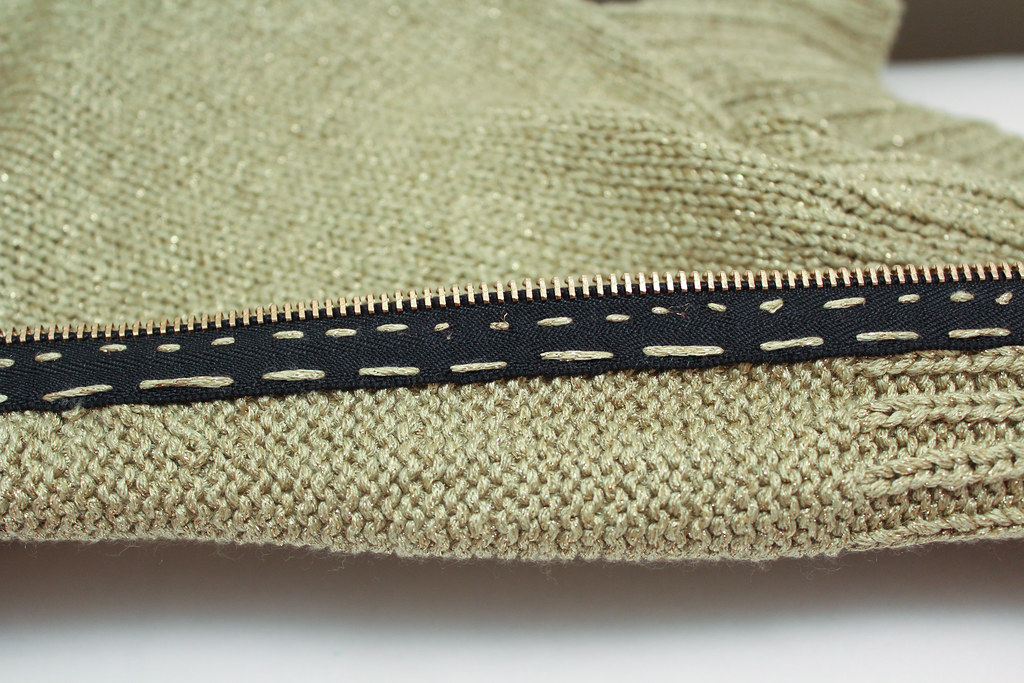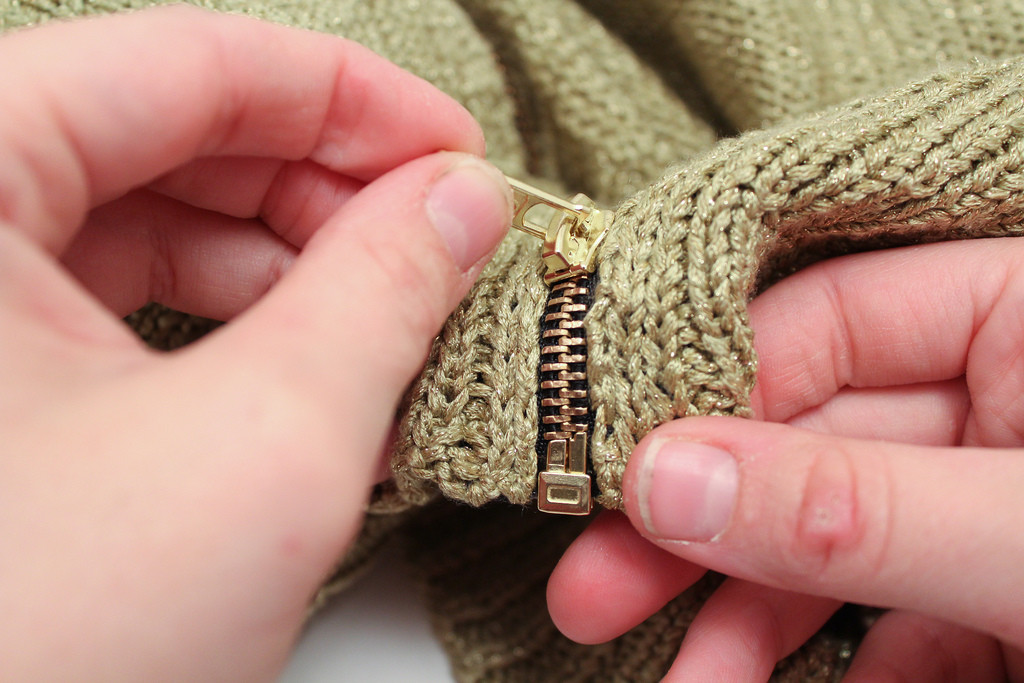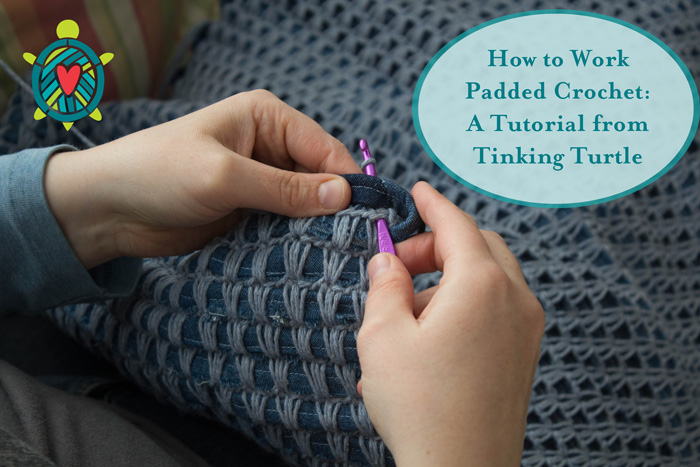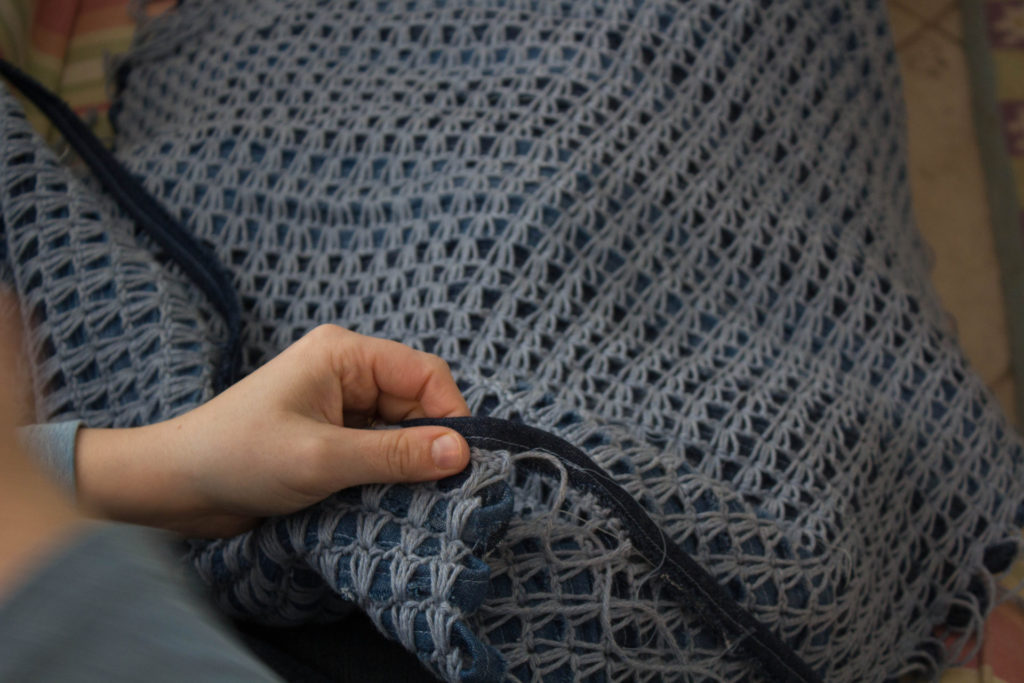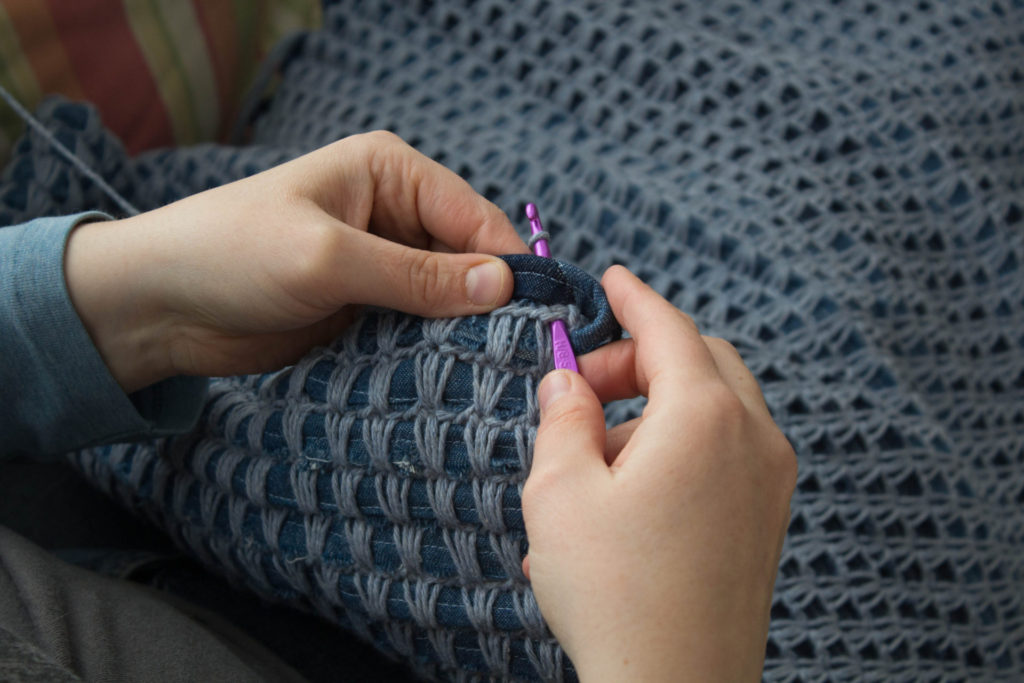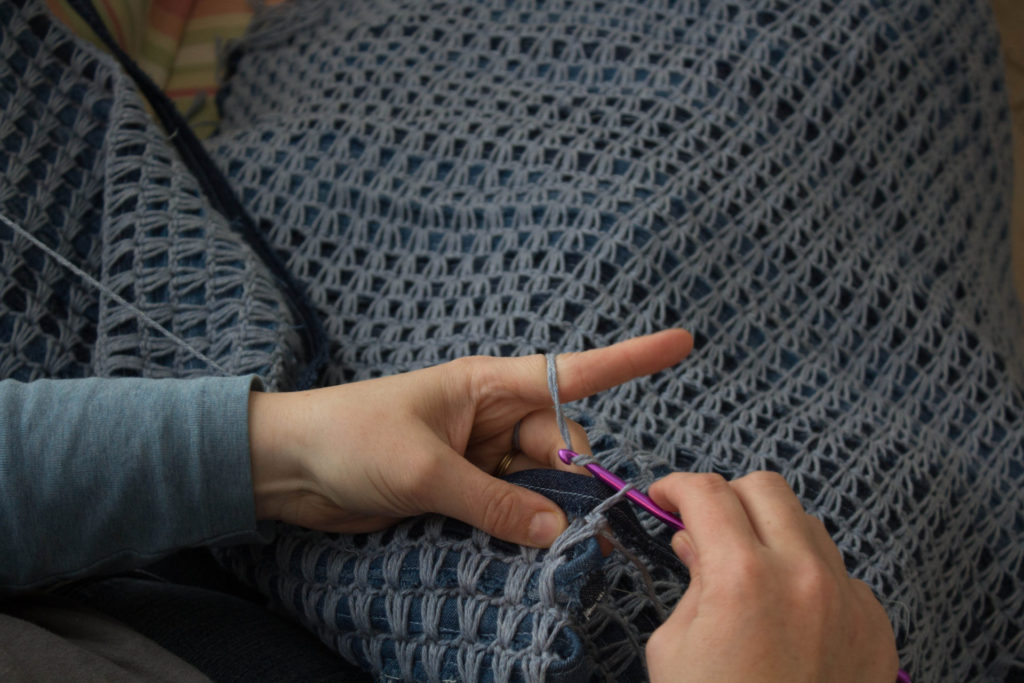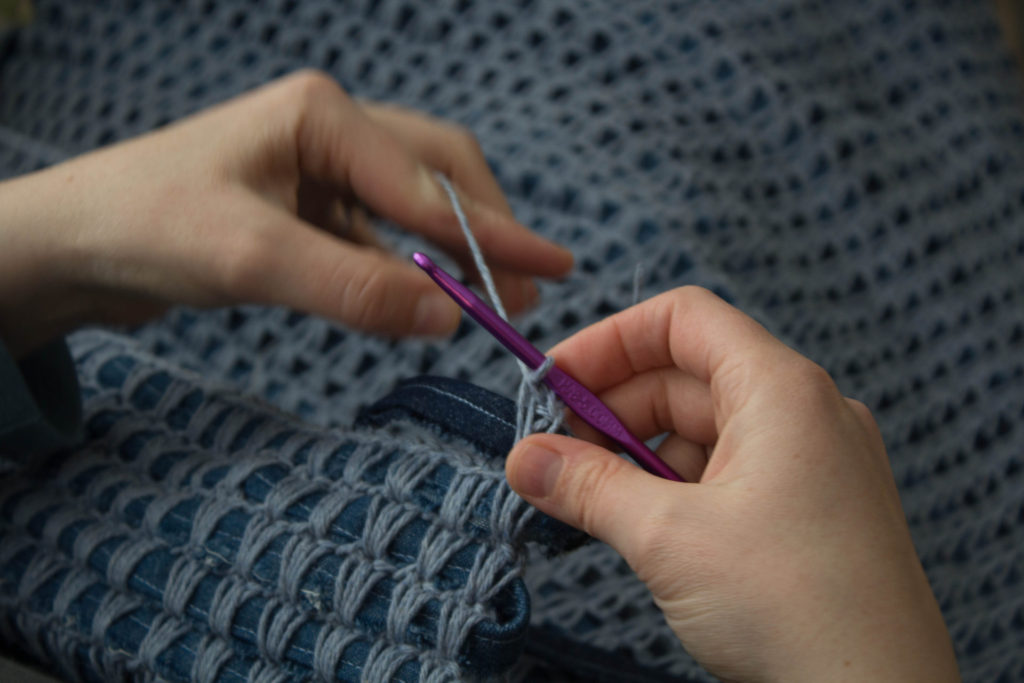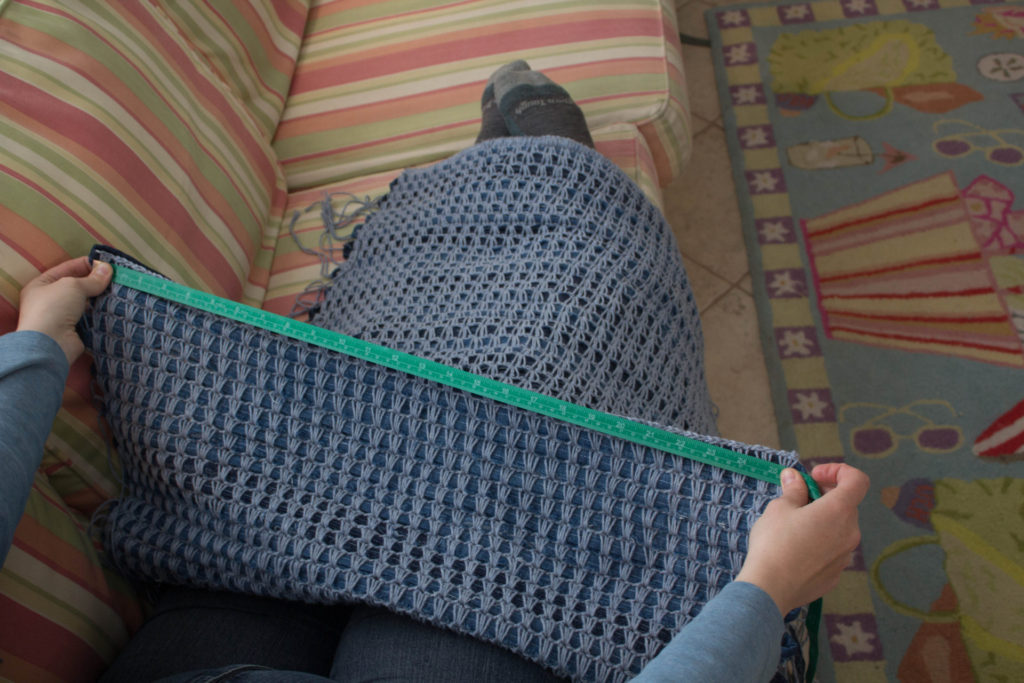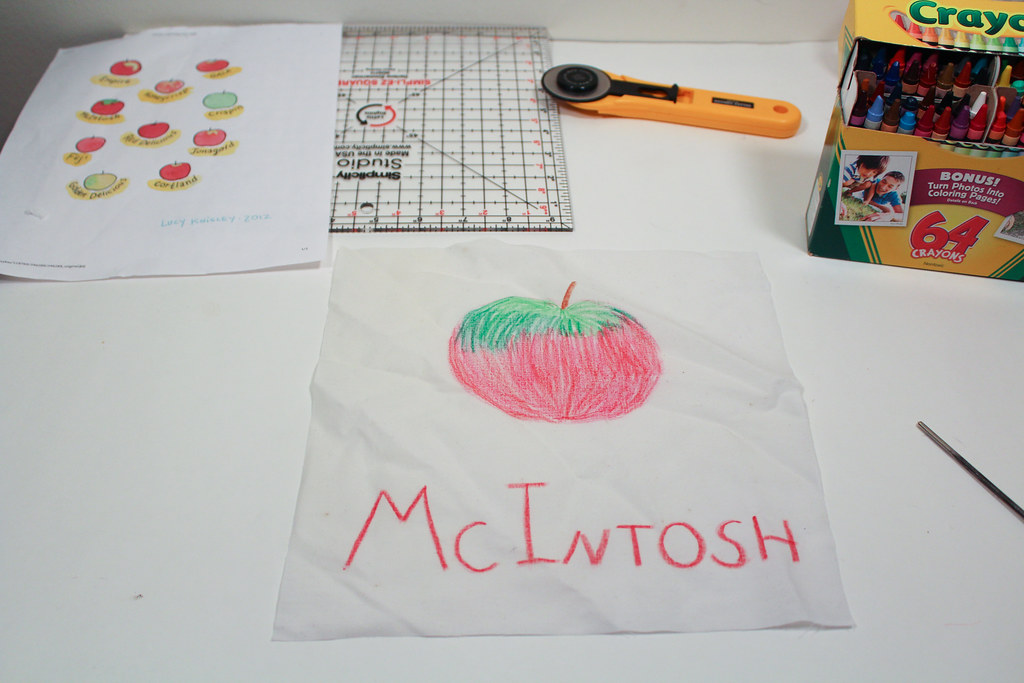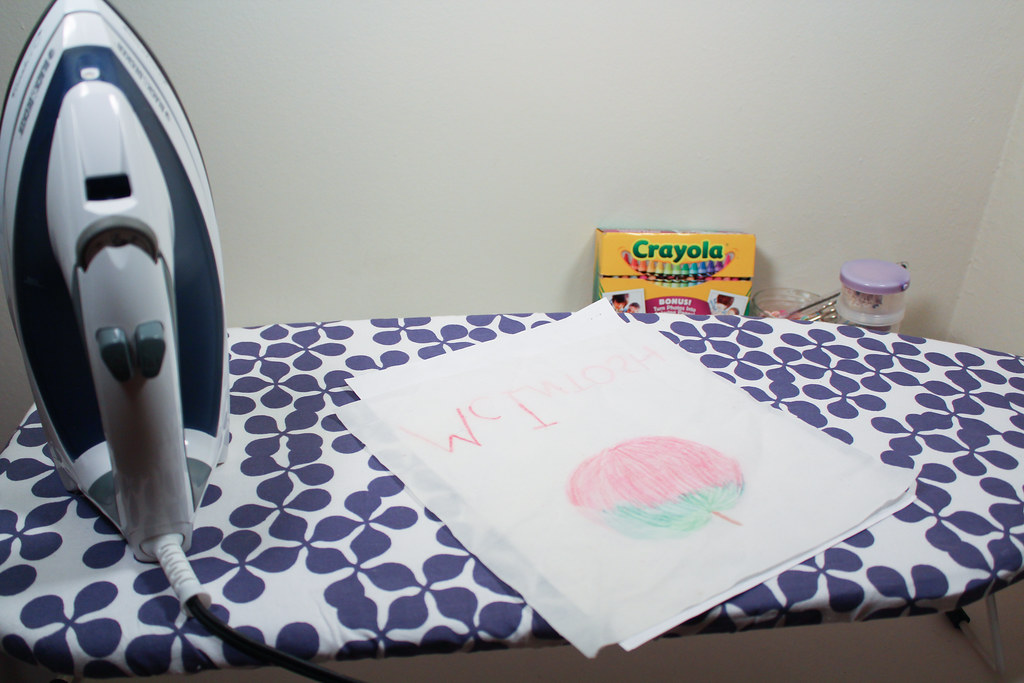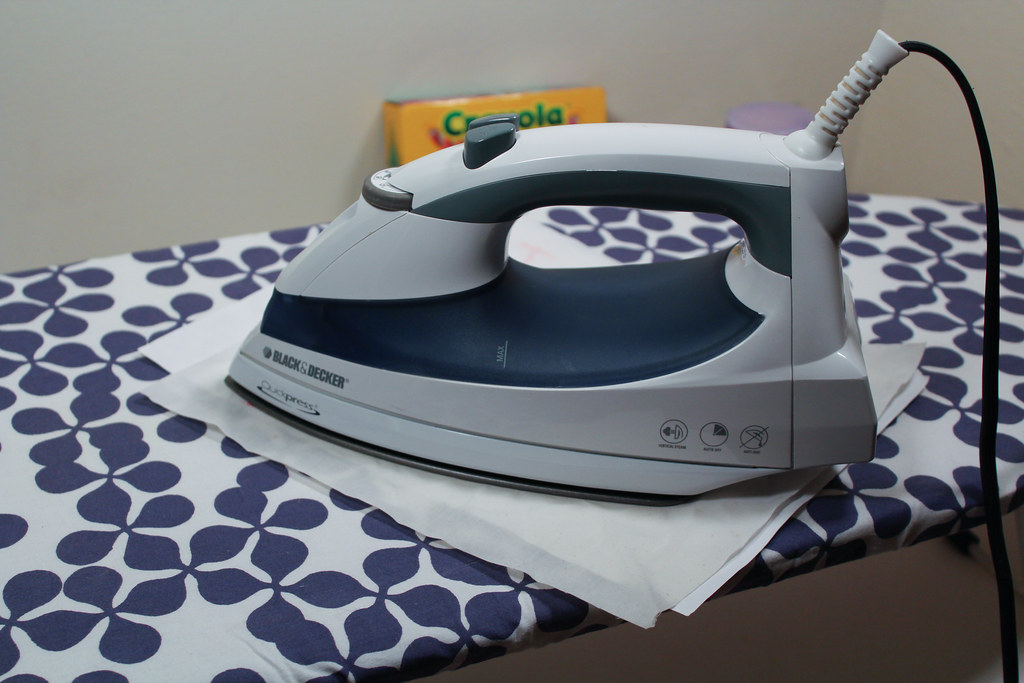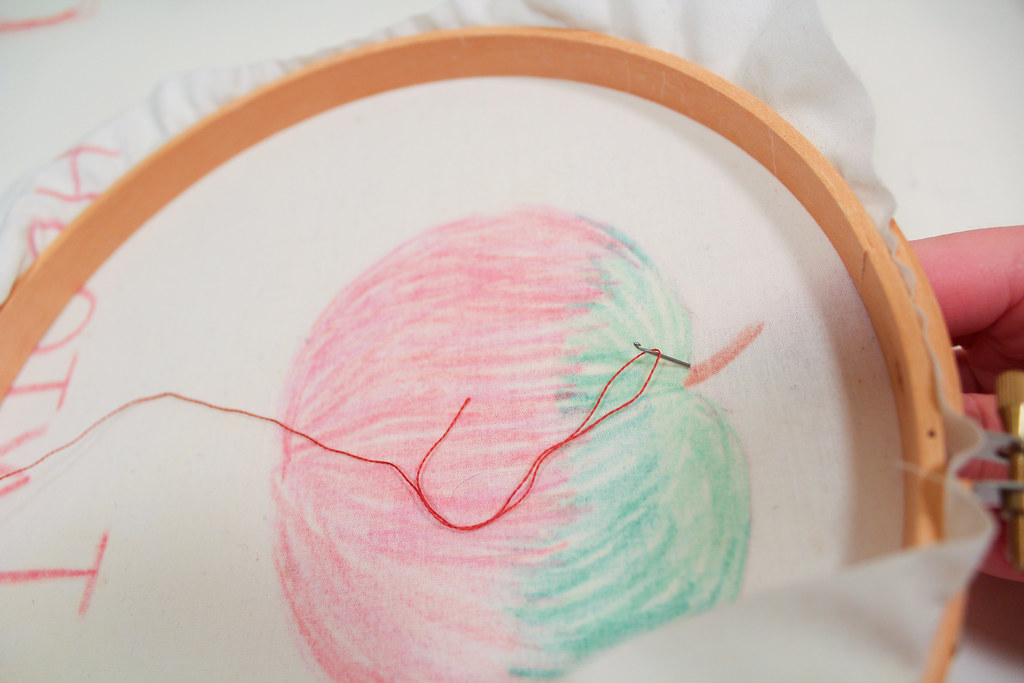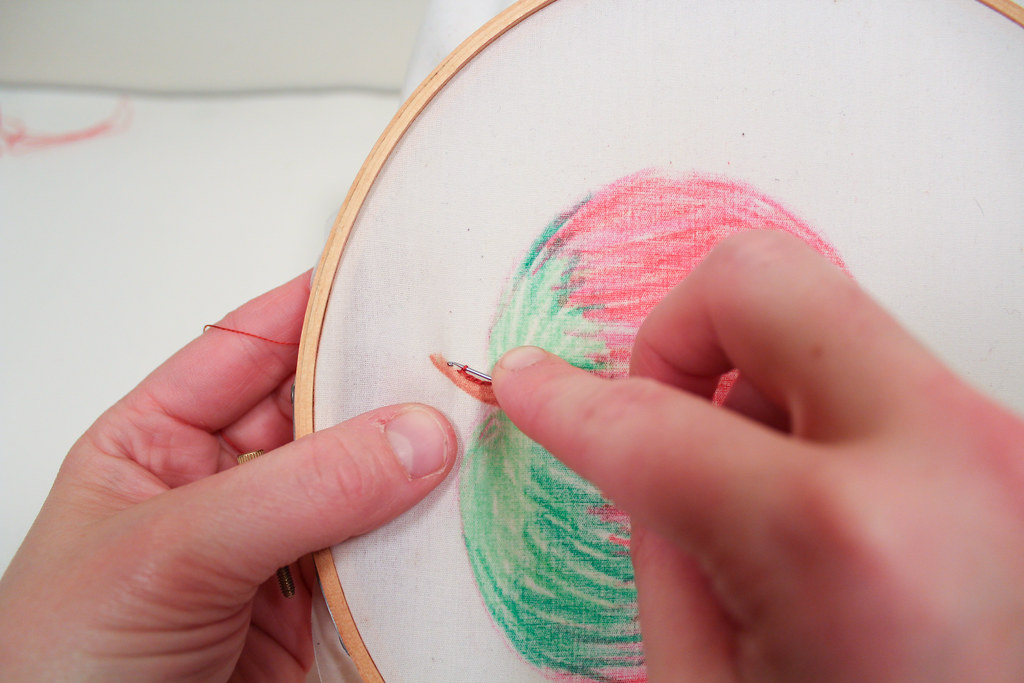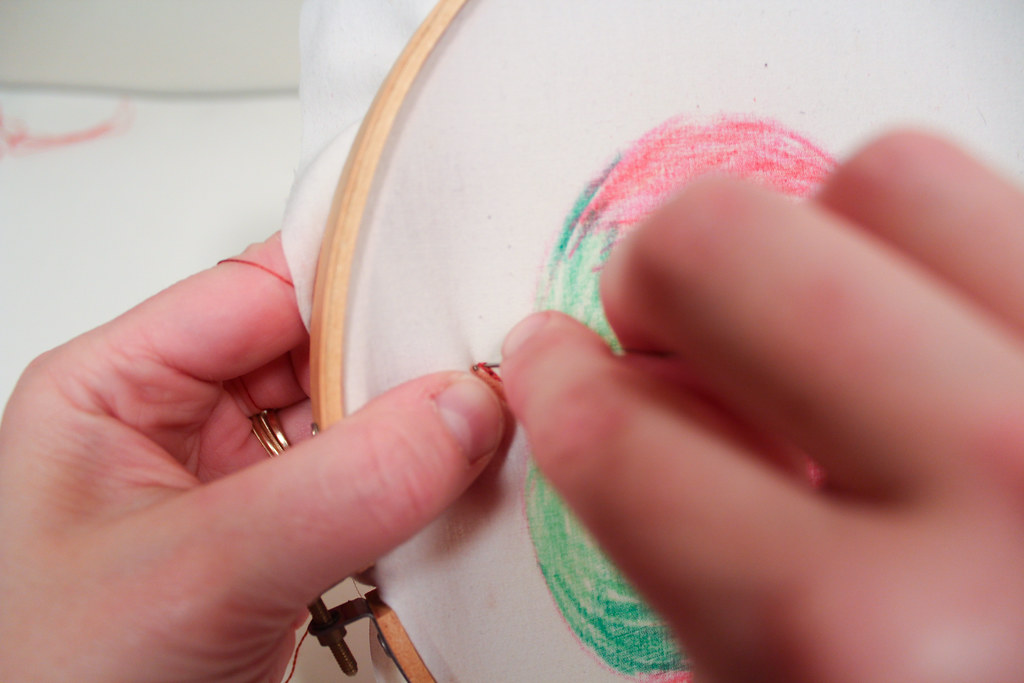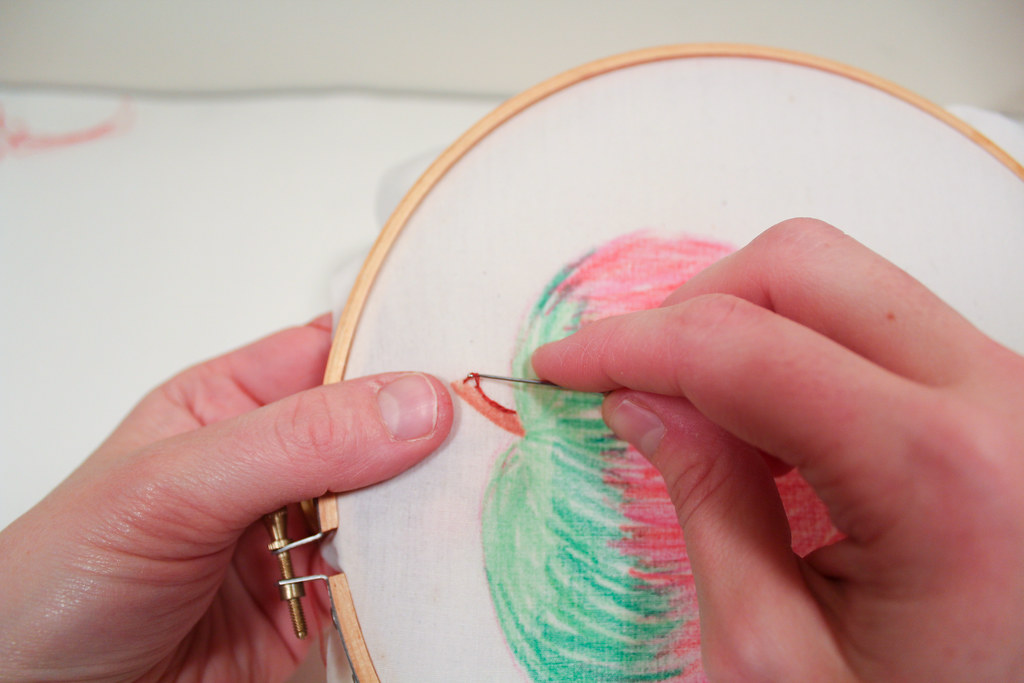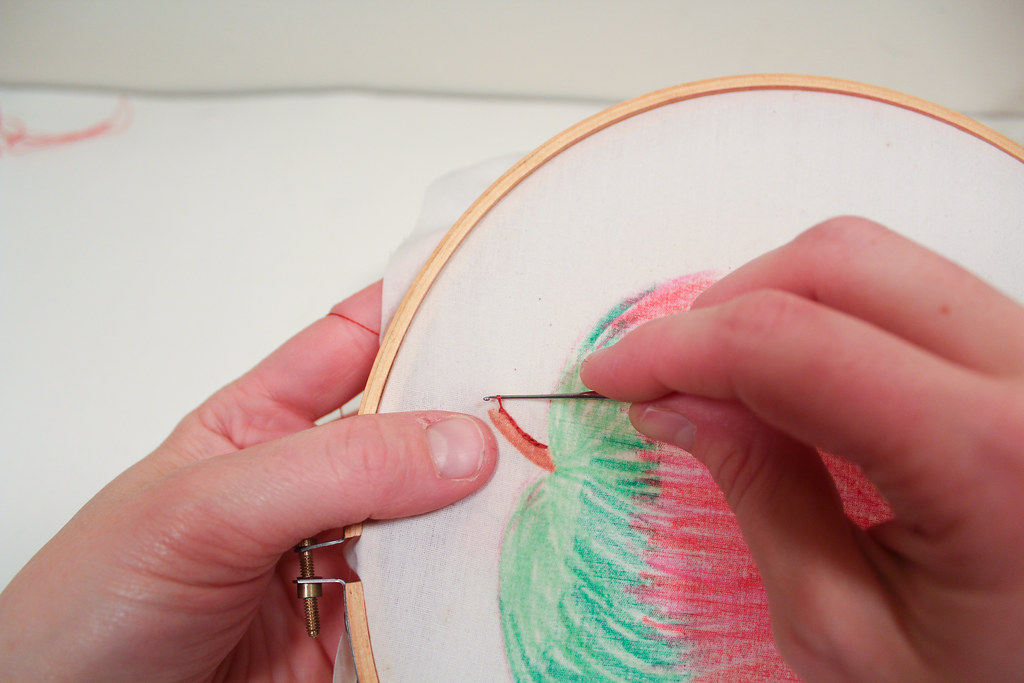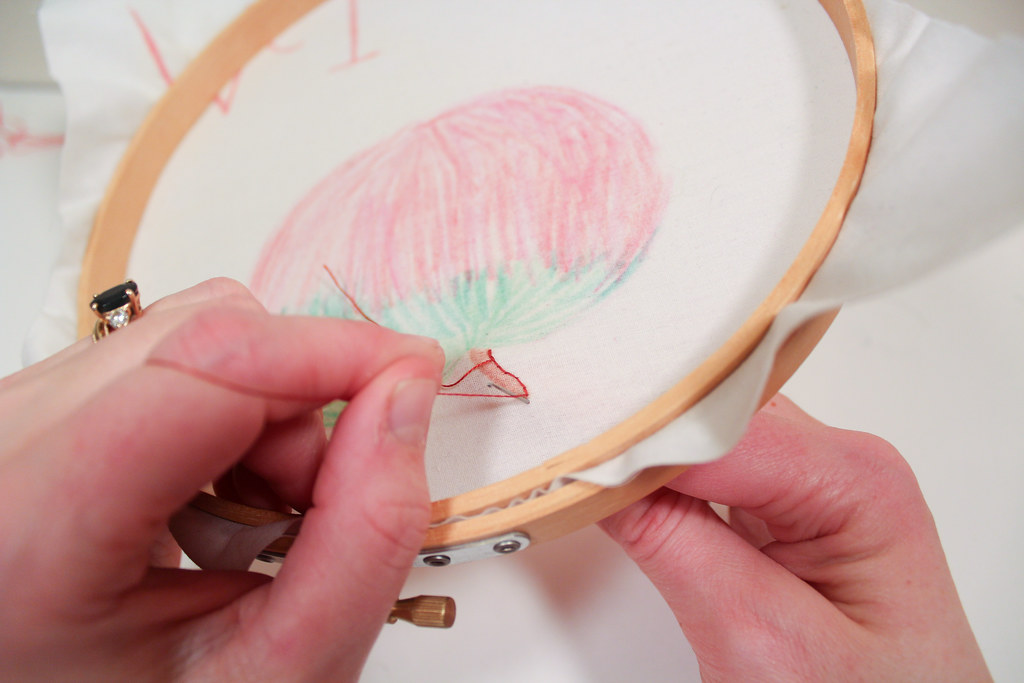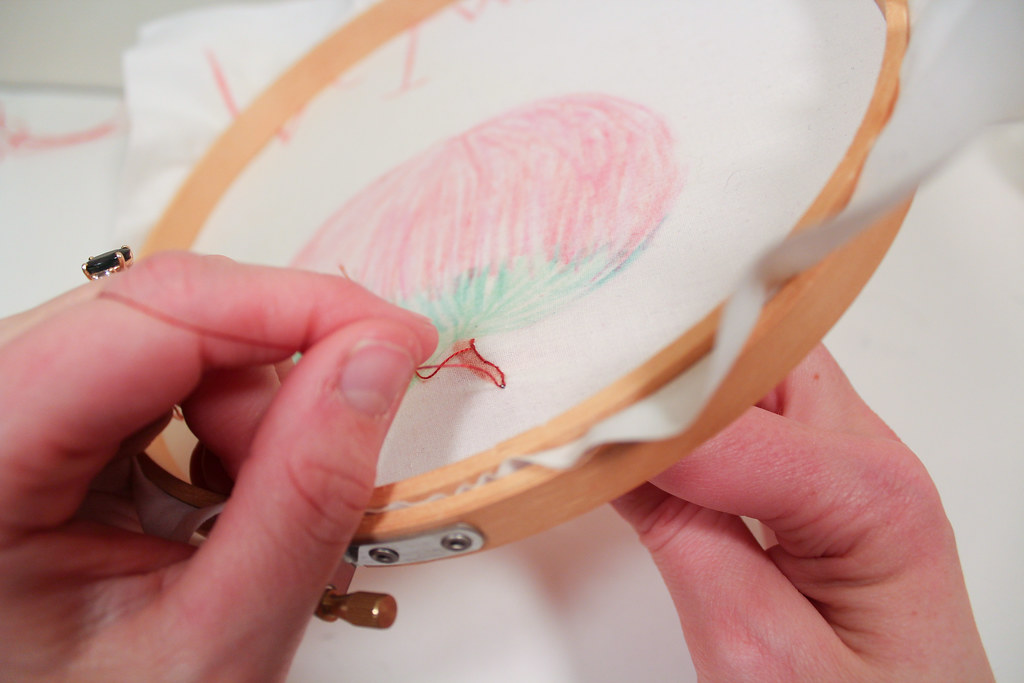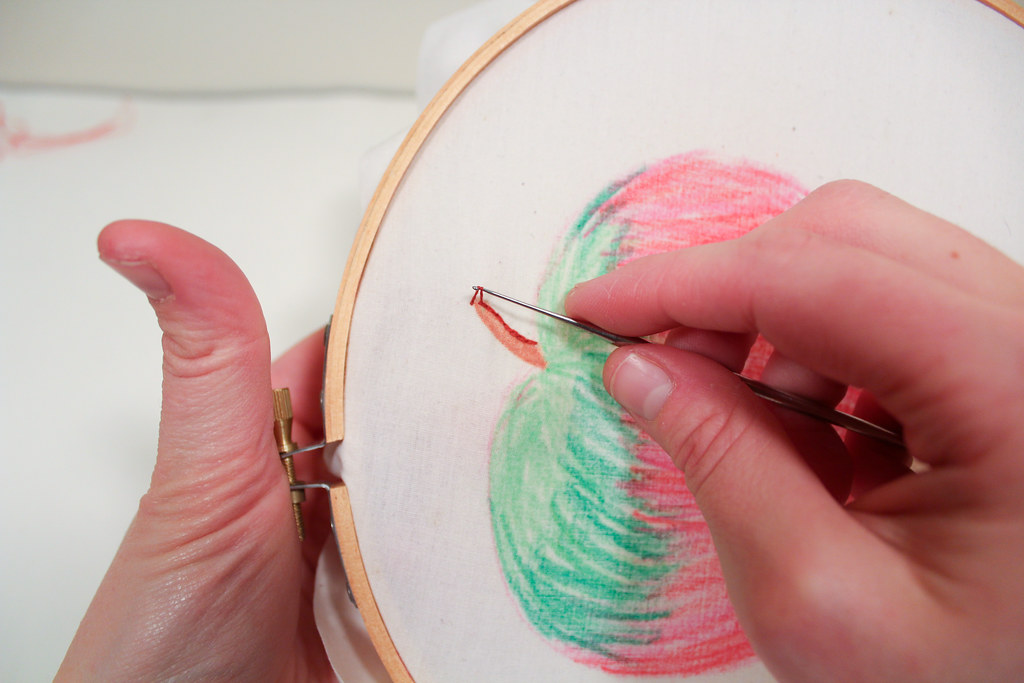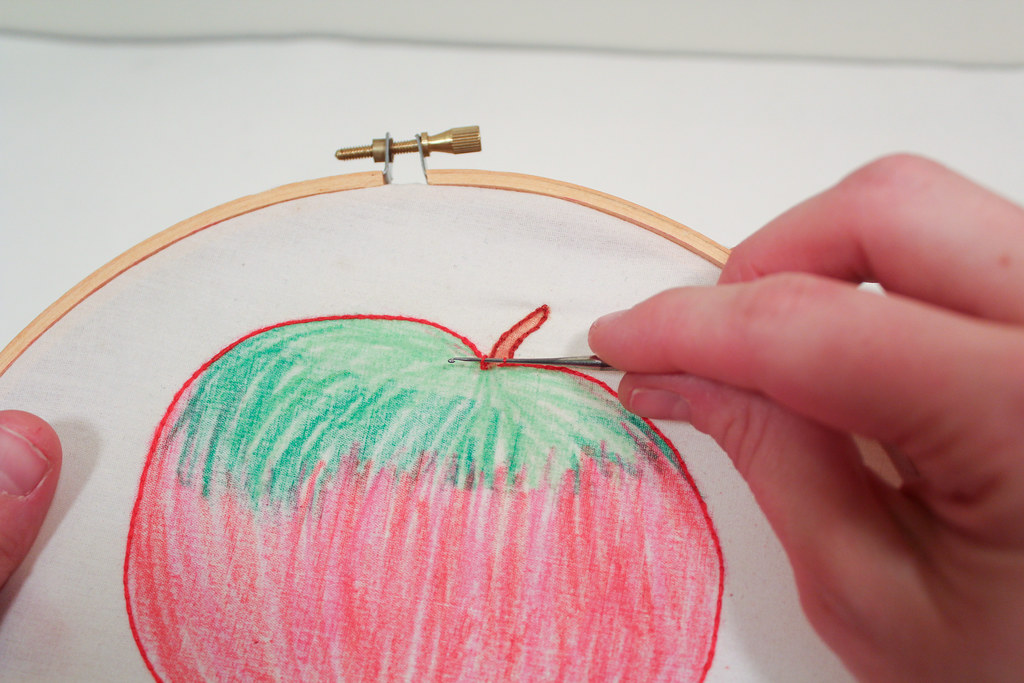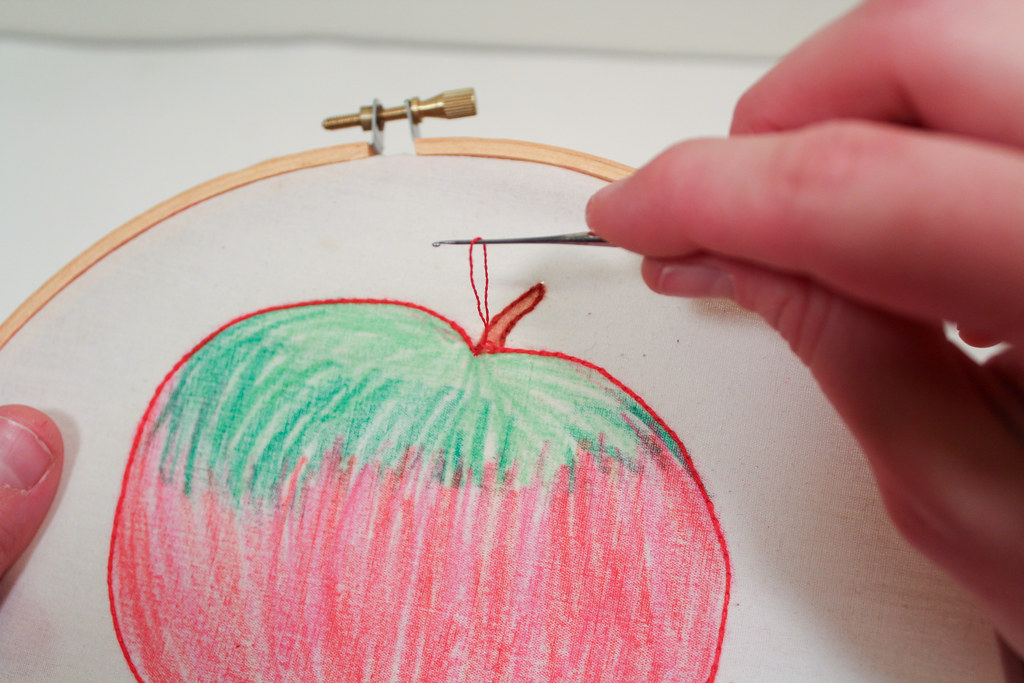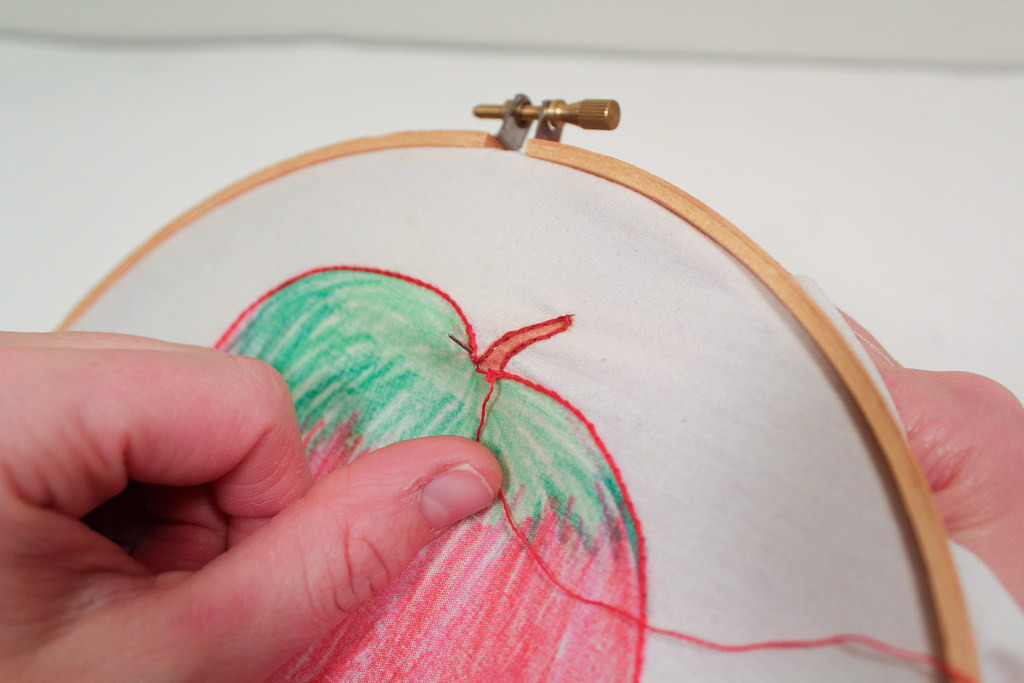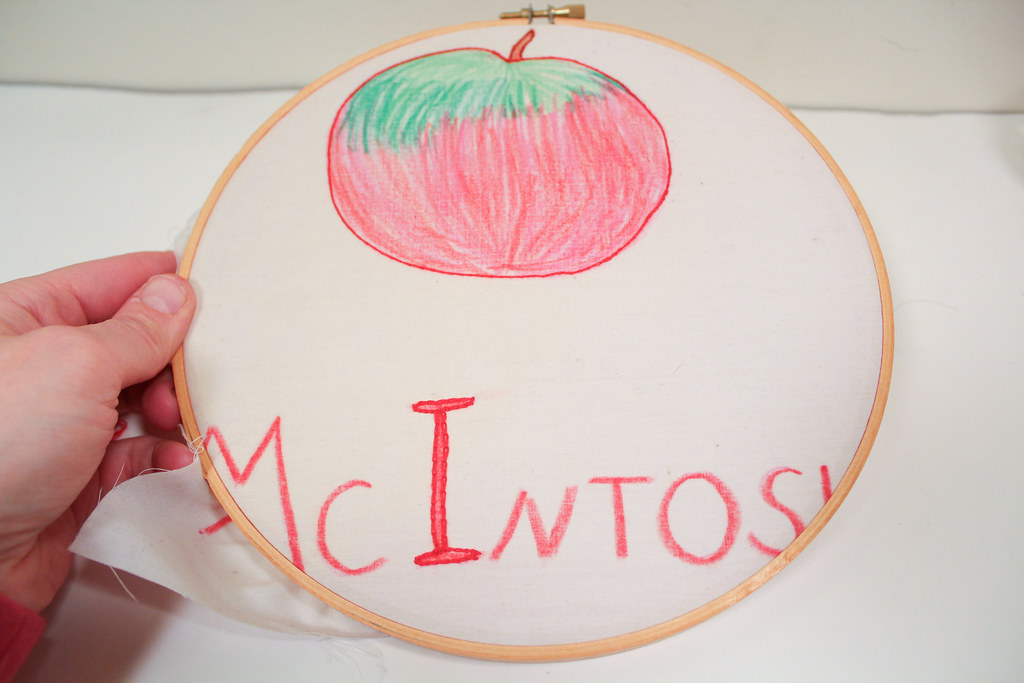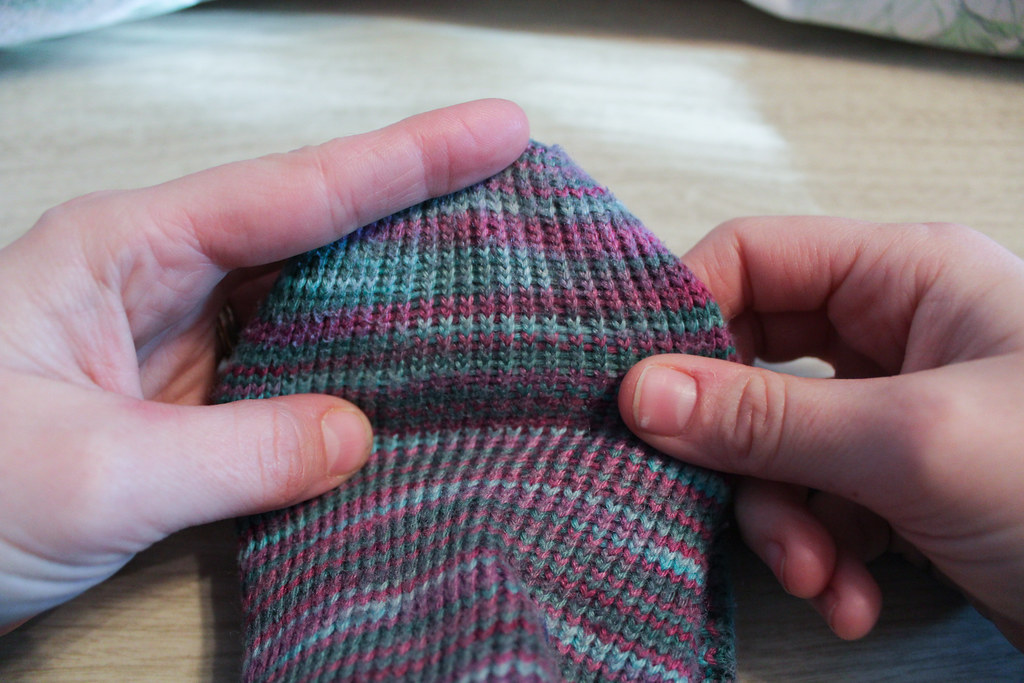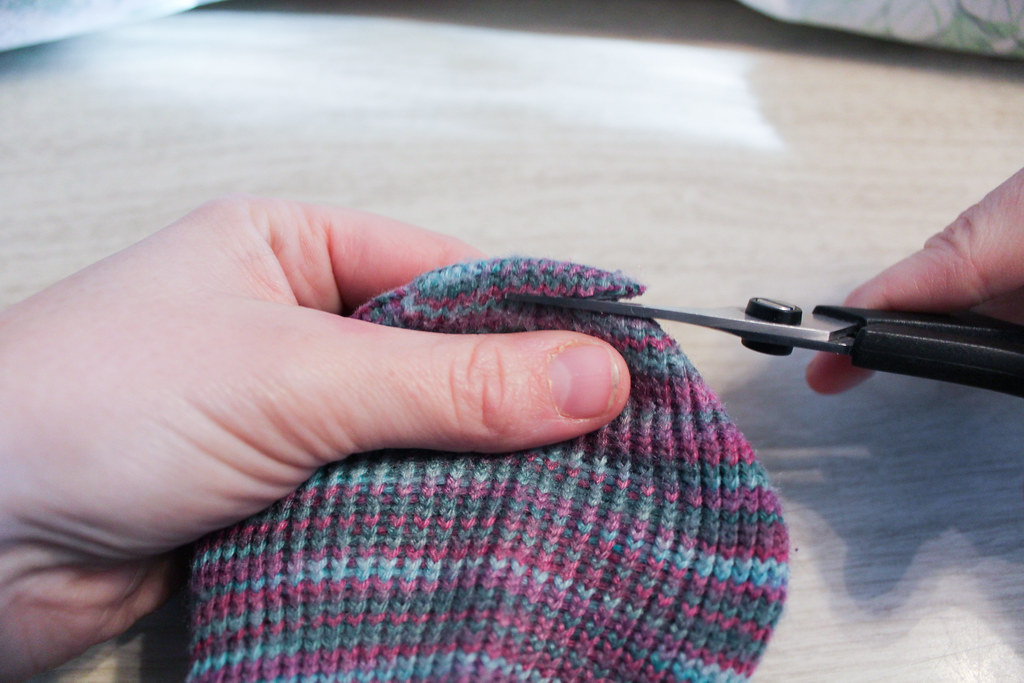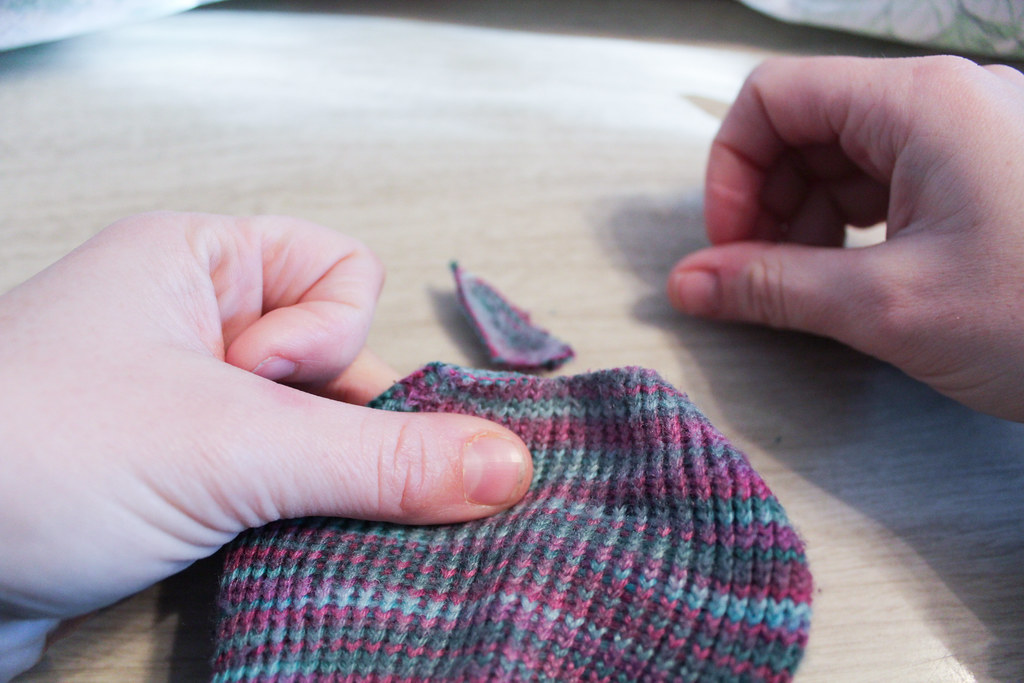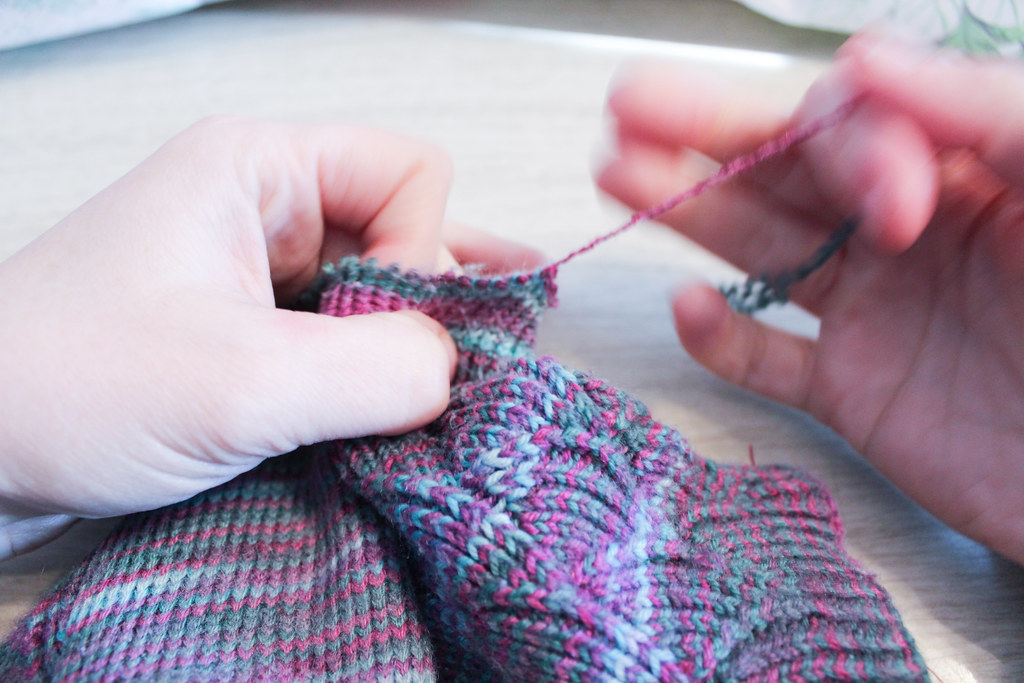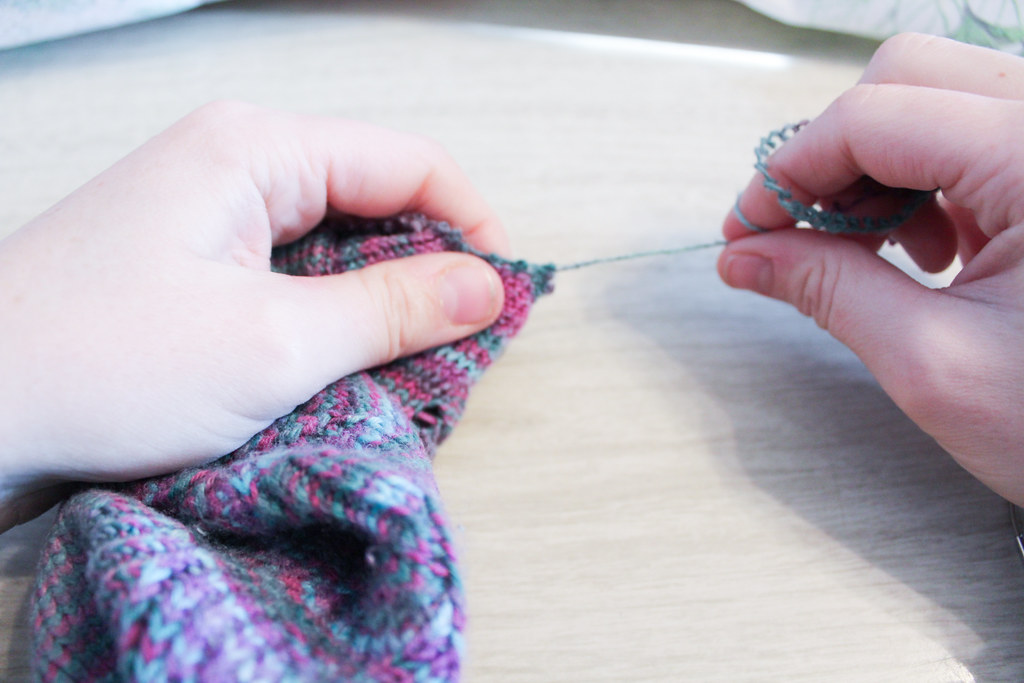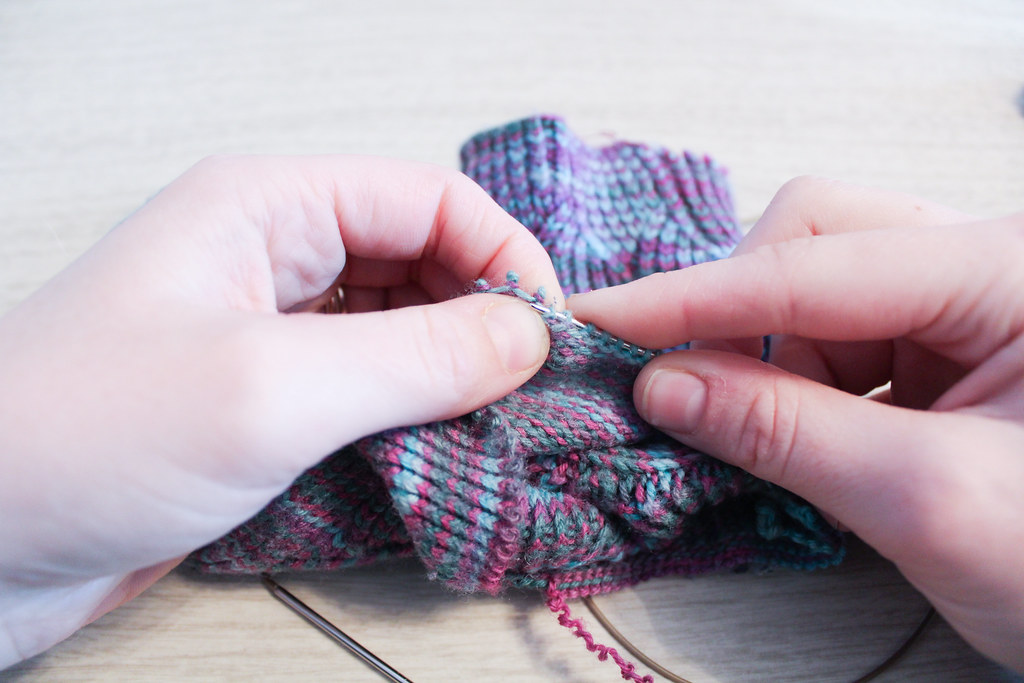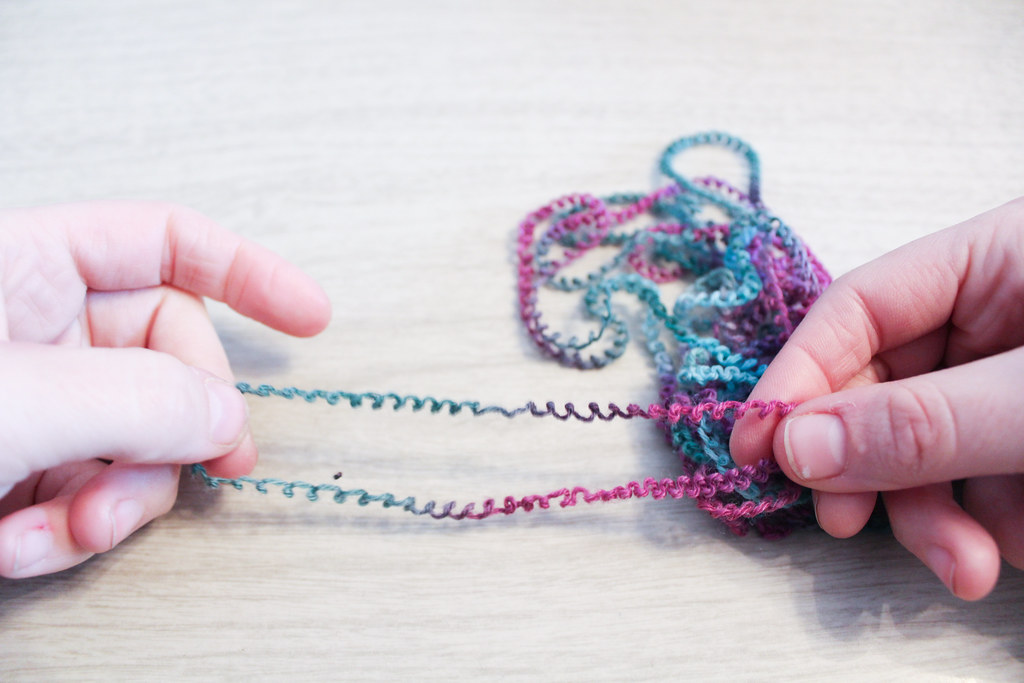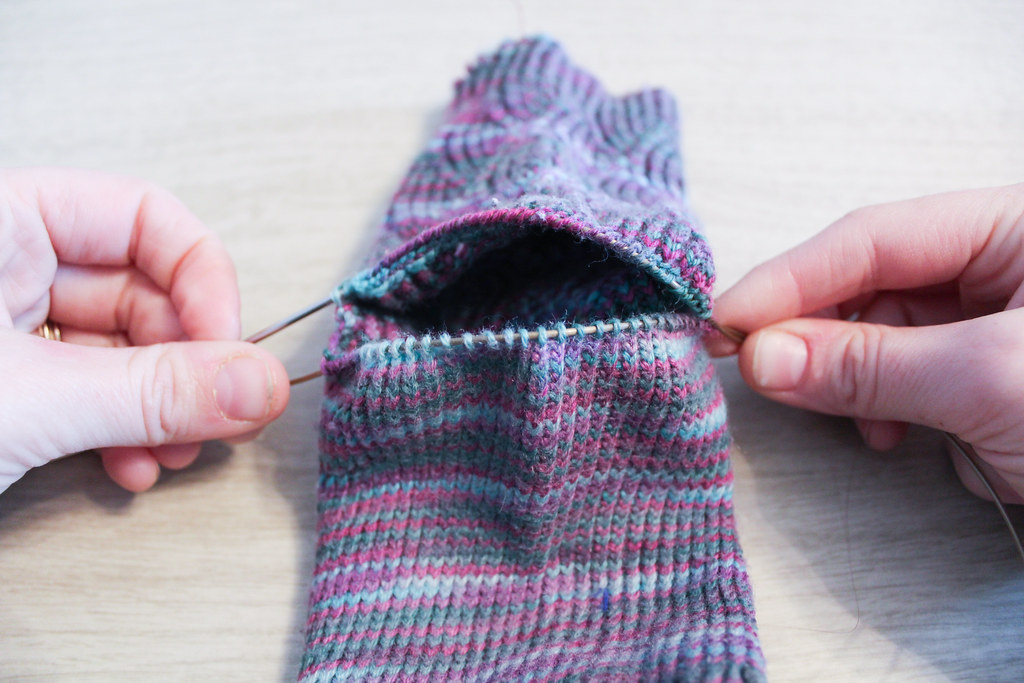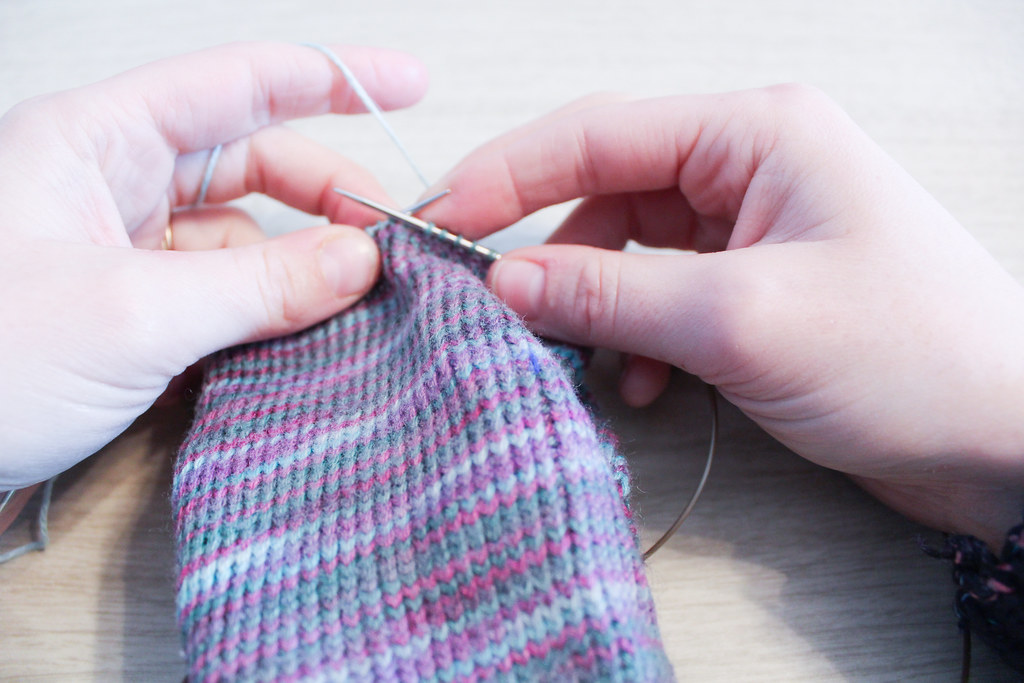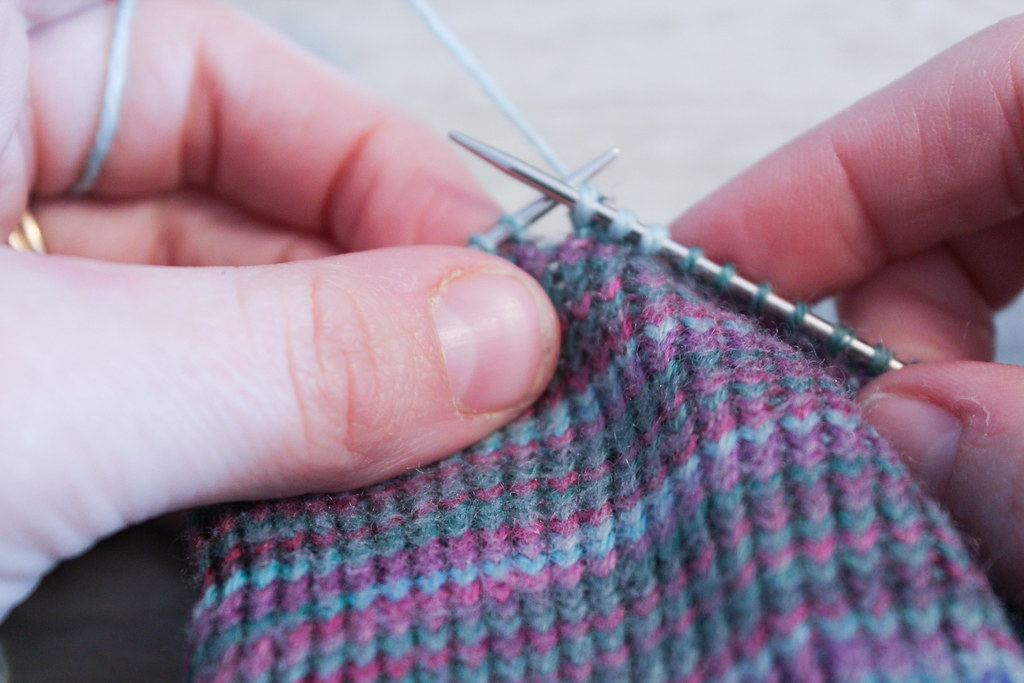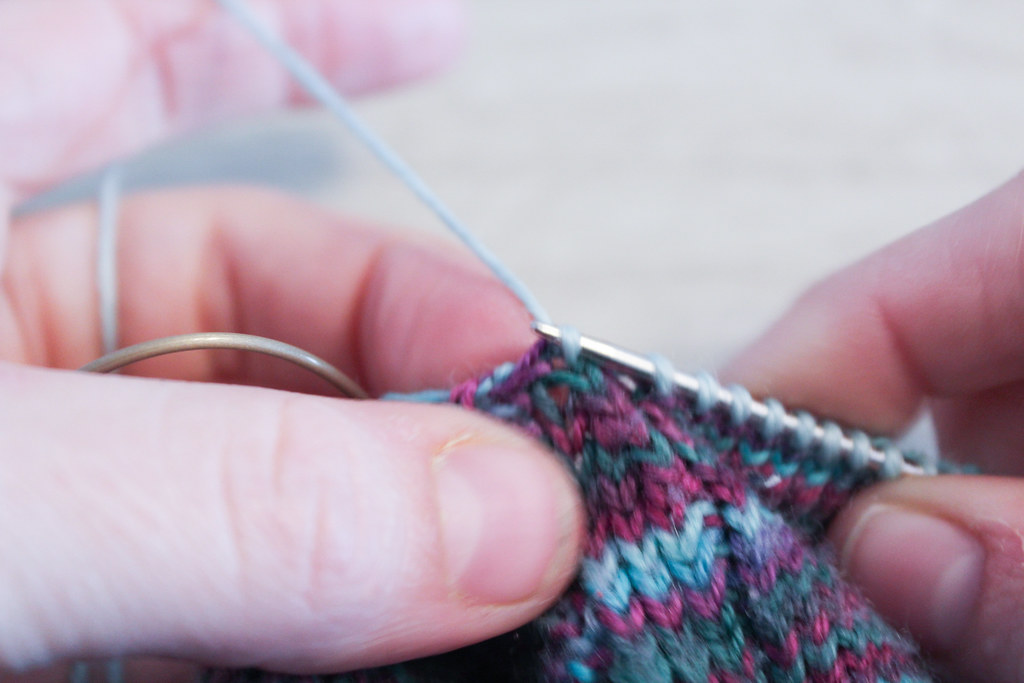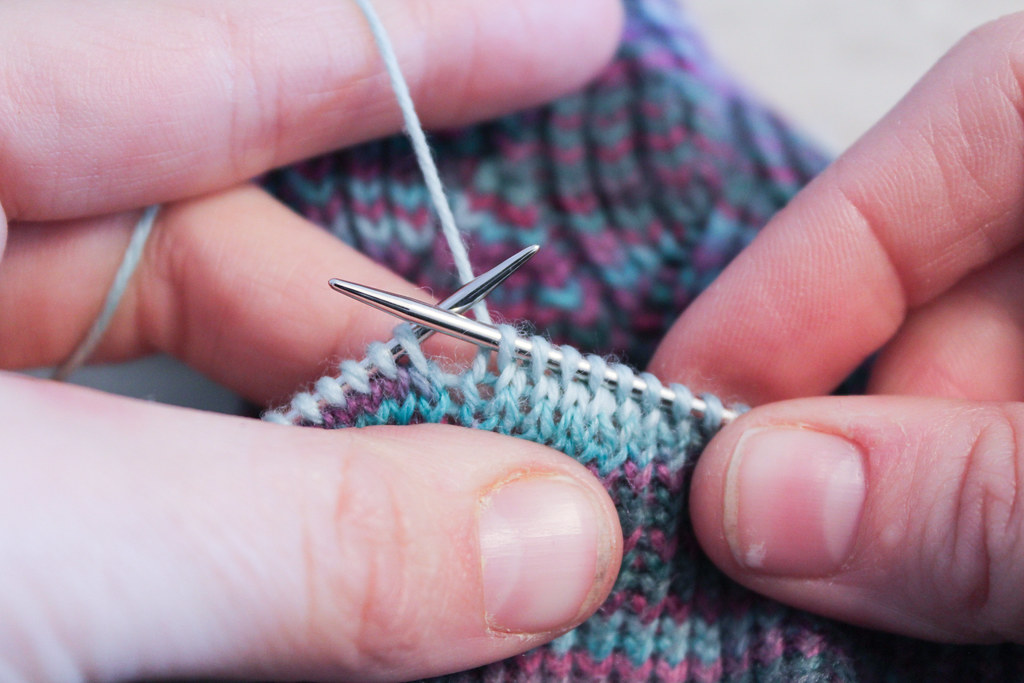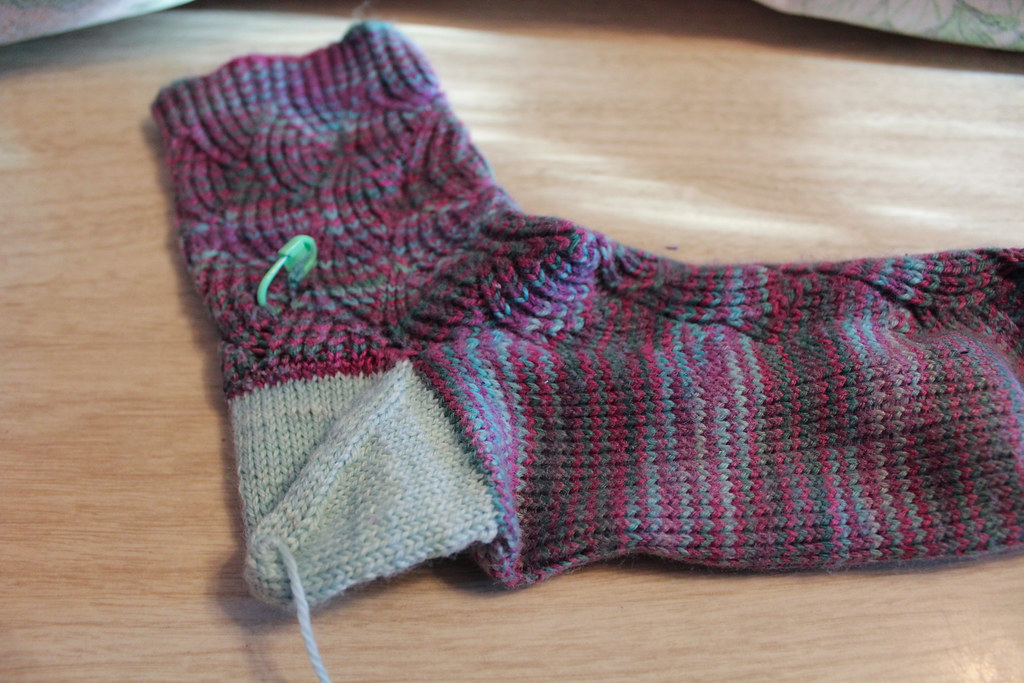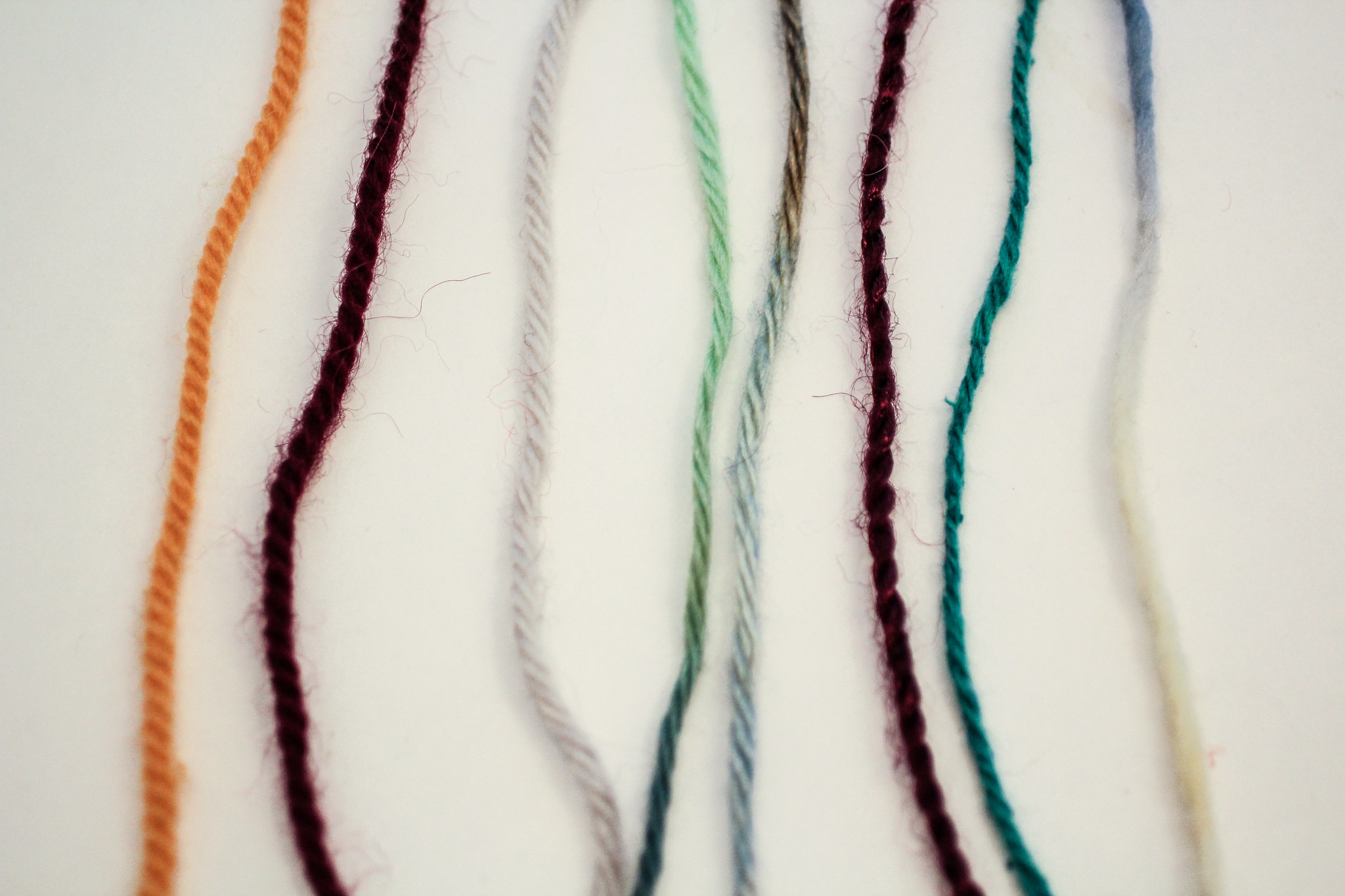I had a client get in touch with me a couple of weeks ago. In my client’s words the situation was this:
I got your name from the local yarn store. I have a blanket my wife made for my daughter. My daughter’s dog put a hole in it (see photos) and now I need a repair to restore peace and civility to my family. Is this something you could do (I hope)?
Clearly I had to help!
The hole was oriented across two of the different colors in the blanket, spanning 5-6 rows, depending on how you want to count it. On a big plus, the person who crocheted the blanket had kept all the yarn that was leftover, giving me plenty to work with when making the repairs – a true luxury! I was able to dive into the repairs right away.
In most cases it’s better to make the hole bigger to make the repair, as long as you have a good amount of yarn to work with. This way you aren’t working into damaged yarn, and you have enough of the ends to weave in. Here, I’ve already worked the first row of the repair. I like to pin my ends out of the way using locking stitch markers. Because this was worked in rows and turned, I flip the entire blanket each time I repair a row, to work it in the direction of the repairs. Re-crocheting each row isn’t the tricky part. The tricky part is the last row when you have to connect the old rows with the new. You’ll see I’m using stitch markers to hold the base of each of the half-double crochets that have been worked.
After working a couple of rows normally, it’s time to close up the hole and reconnect the old stitches to the new. This takes some real patience, as each row you need to crochet a stitch, then take a needle and sew together the newly created stitch through the one above it. I’m finding that the final row sometimes takes as much time as the entire rest of the repair, depending on how big the hole is!
Getting to the end with all the tools I use in play. A smaller crochet hook for maneuvering things right where I want them, and the larger crochet hook so I can match gauge.
At this point Mr. Turtle wanders through and asks what I’m doing. “I’m restoring peace and civility to a client’s home,” was my response.
Finally finished weaving things together! I was so pleased with how the repairs came out!
Now it’s time to finish weaving in the ends and this piece can go back to its owner.

